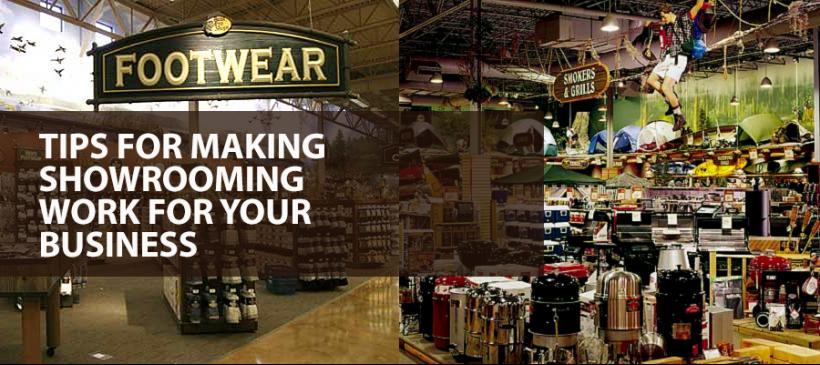TIPS FOR MAKING SHOWROOMING WORK FOR YOUR BUSINESS
- February 7, 2017
- By Randall Mueller
- Marketing

While the Internet has had an impact on physical stores of all types, it obviously has not killed traditional retail business. A detailed study by the National Sporting Goods Association reveals that a majority of shoppers still prefer to make their purchases in a physical store. We covered this topic here in an earlier blog post.
Successful retailers have found numerous creative ways to keep customers coming into their stores, but one challenge they will continue to face is “showrooming.” In its report, the NSGA defines showrooming “as a shopper entering a physical store to view products and then leavin the store to purchase them online.”
It seems opinions are varied on how serious of a problem showrooming has become. However, NSGA goes on to assert that specific to the sporting goods category, showrooming is pegged at approximately 8%. The conclusion:
“The majority of sporting goods shoppers are educating themselves early in the path to purchase. The research being performed includes searching for information such as pricing, availability, specifications, and options. By the time the sporting goods shopper reaches the purchase occasion he/she is typically armed with the information they need to make the purchase.”
While the assertion that showrooming is not a huge problem for sporting goods retailers, any lost sale should be cause for concern. Suggestions and strategies to minimize losing an in-store sale to showrooming offered by the NSGA revolve around pricing and shopper engagement. These include:
- Exclusive items
- In-store/online integration
- Product reviews
- In-store experience/engagement
- Discounts
- Price matching
- Digital coupons
- Loyalty programs
Related to this topic is a look at smartphone usage by shoppers while inside a physical store. The study reports that 18% of shoppers make decisions with the aid of smartphone while shopping.
Shoppers may be using a smartphone to compare prices on websites, hoping to find a reason to price match, checking product reviews, looking for coupons, looking for the same item at a different store, or taking pictures to show someone else or use for future shopping.
Smartphone usage tends to be higher for high-involvement purchases (32%), among millennials (28%) and for products over $100 (25%).
